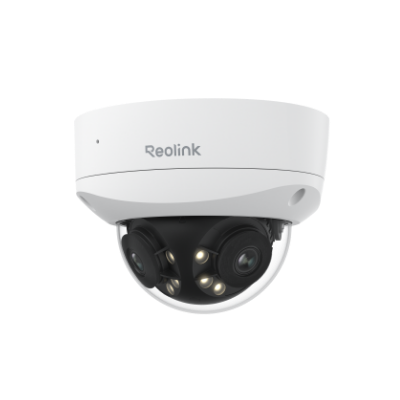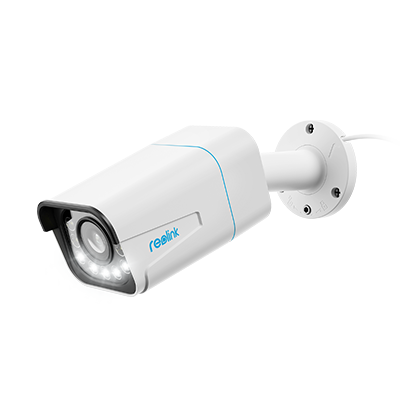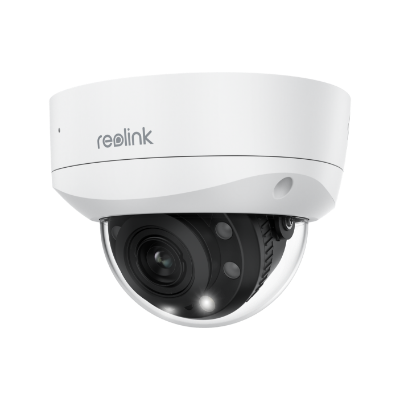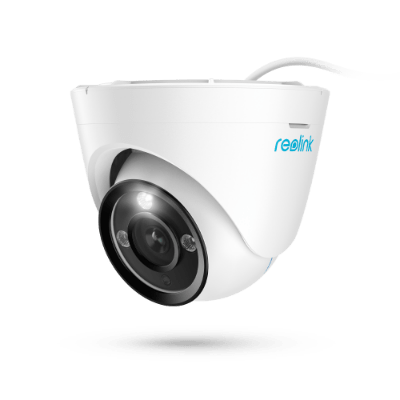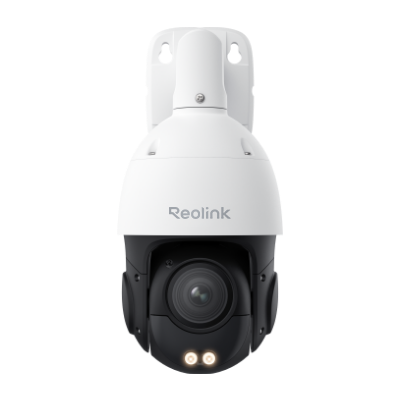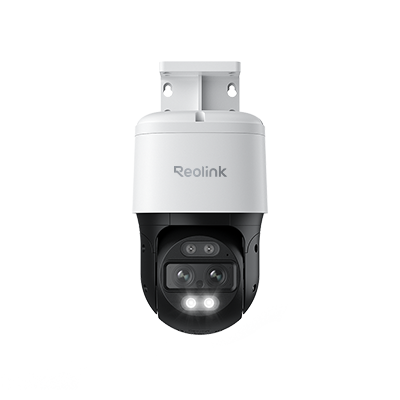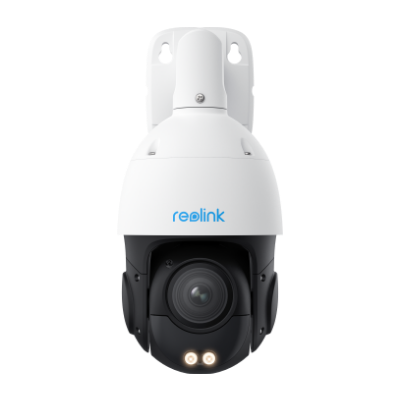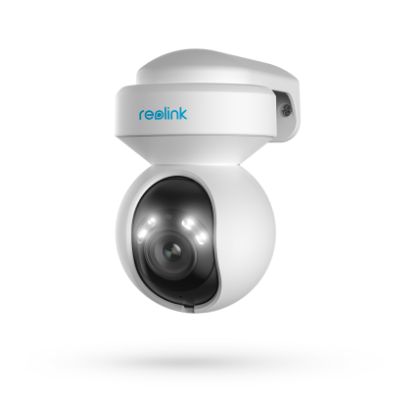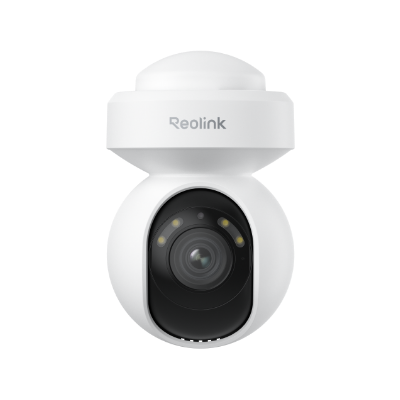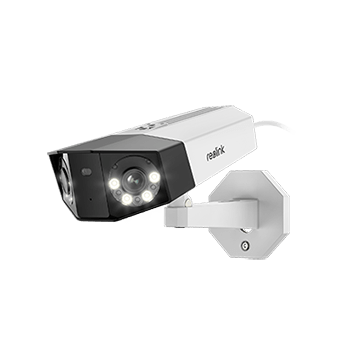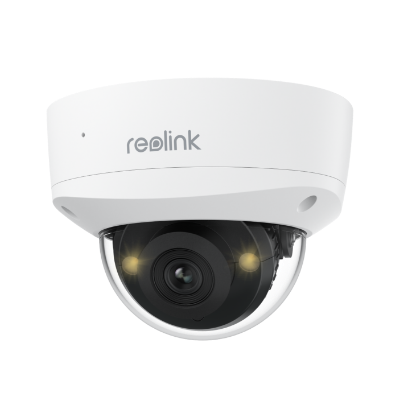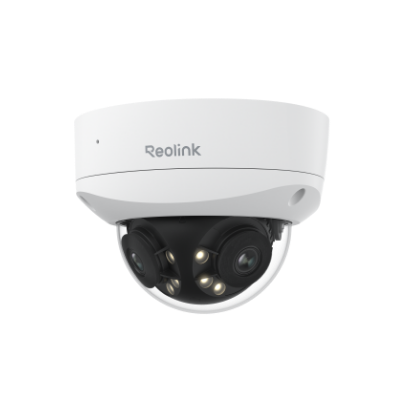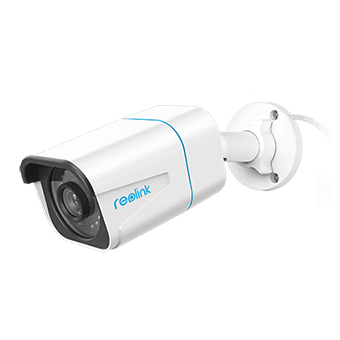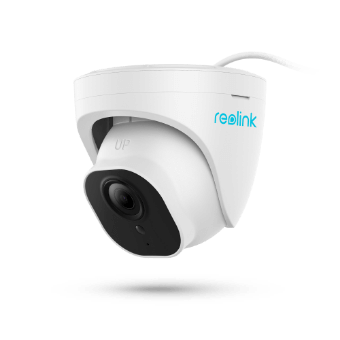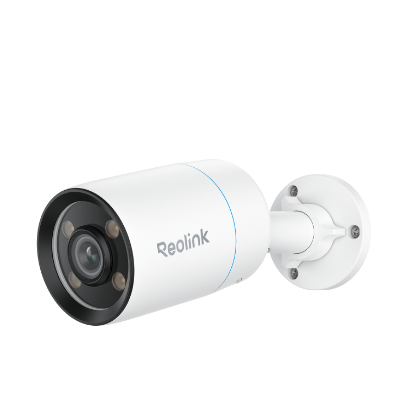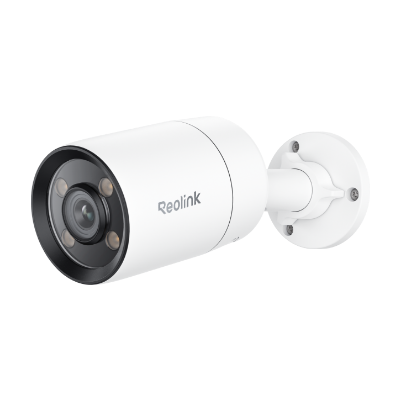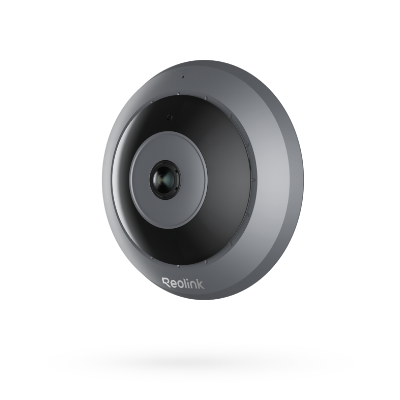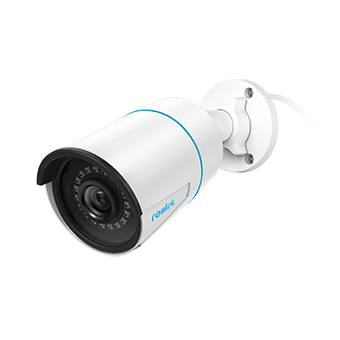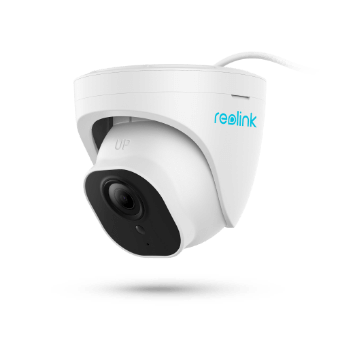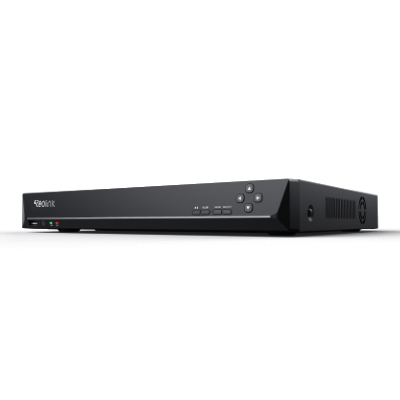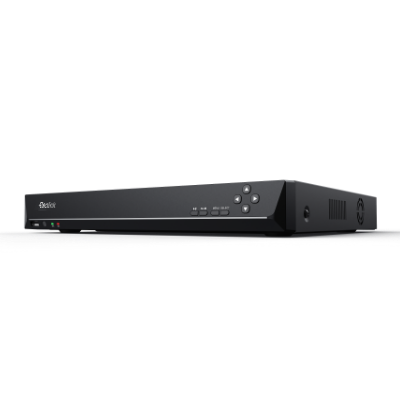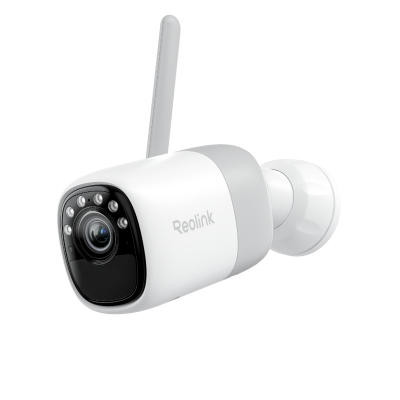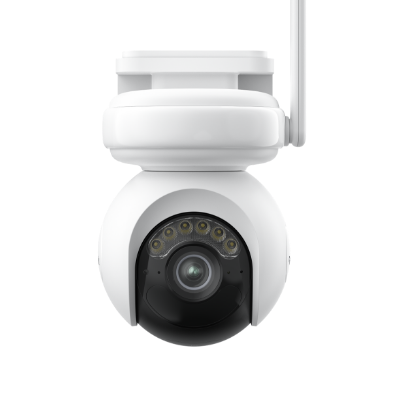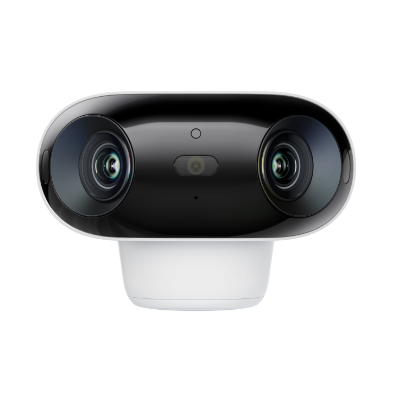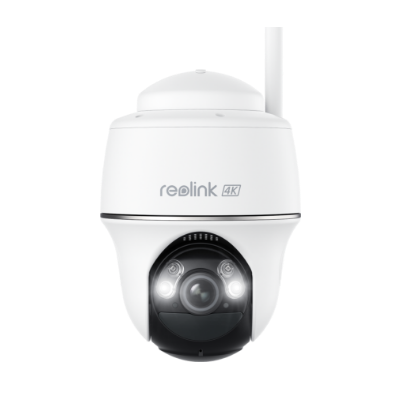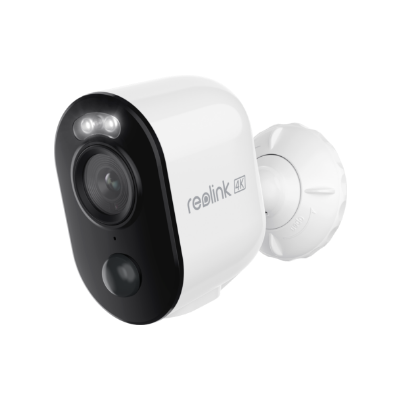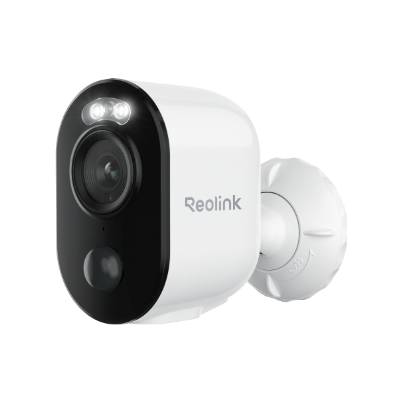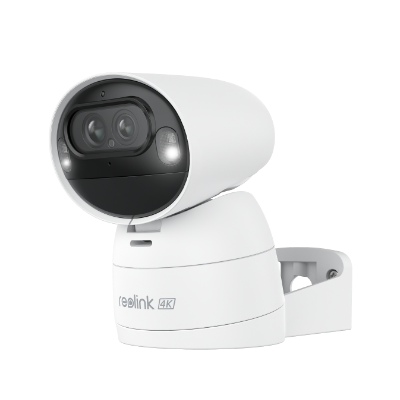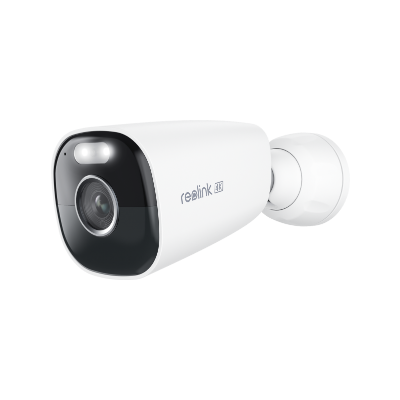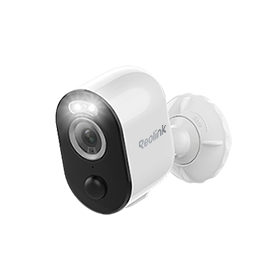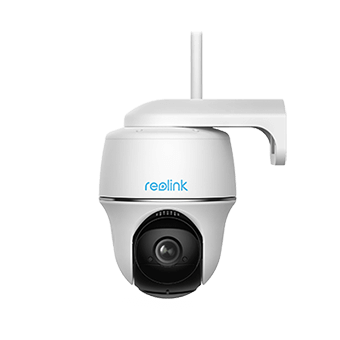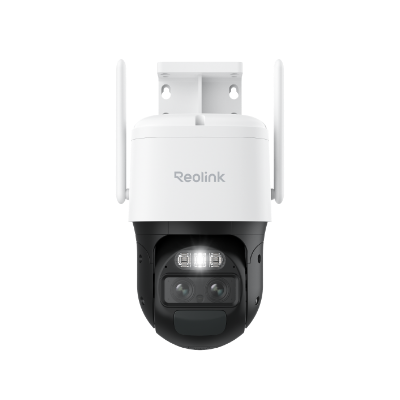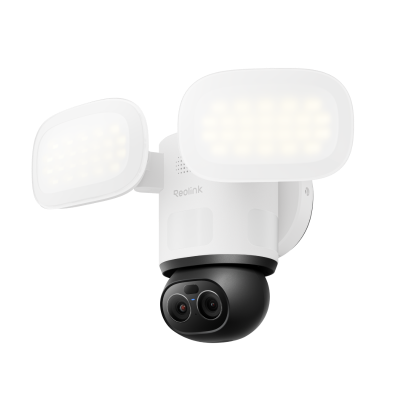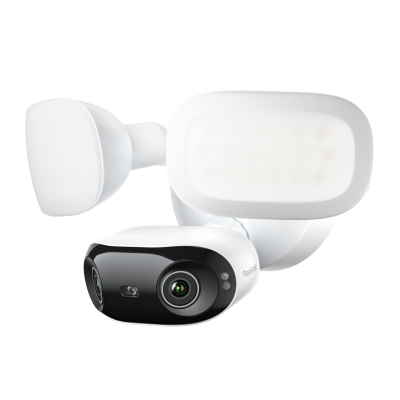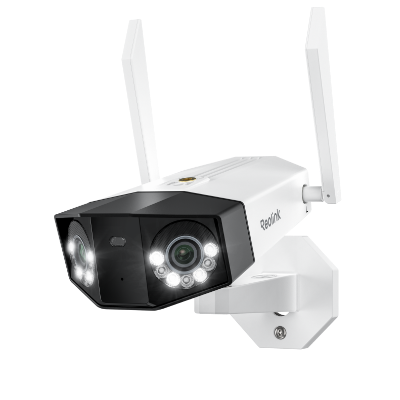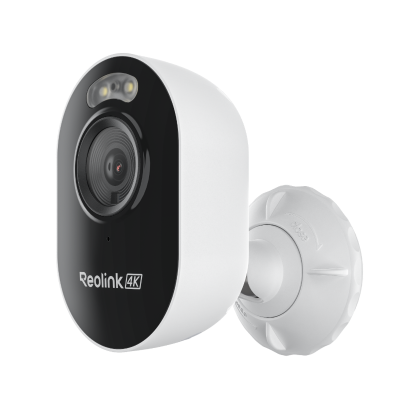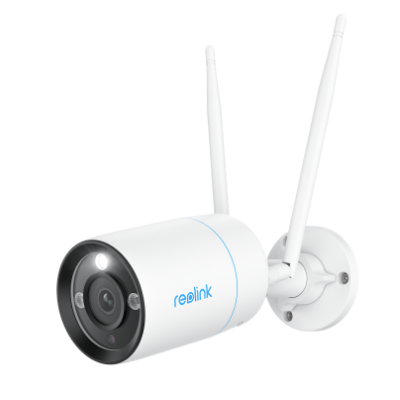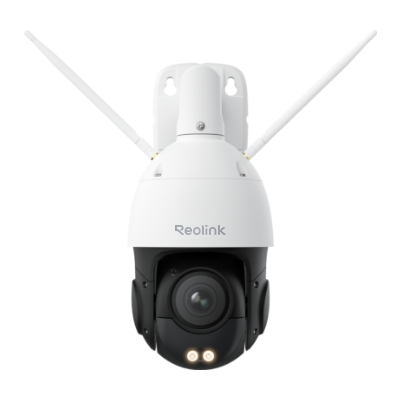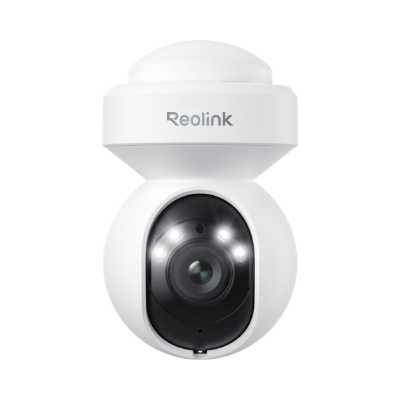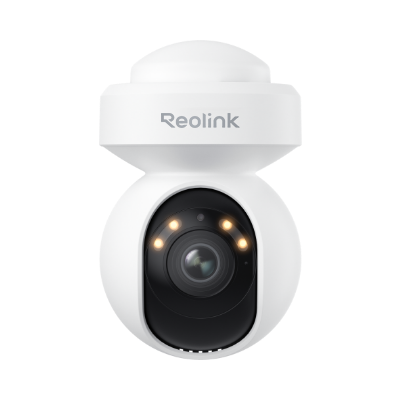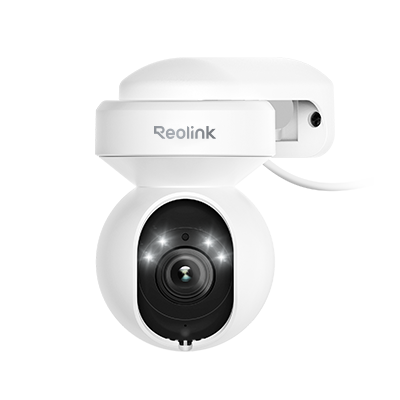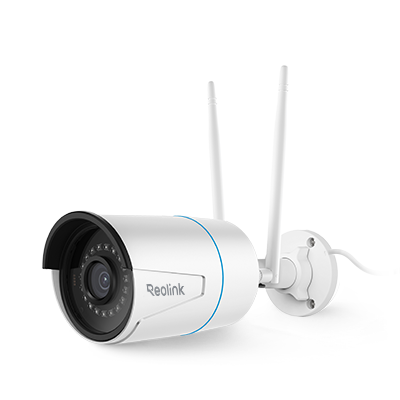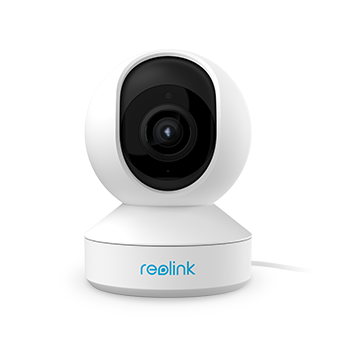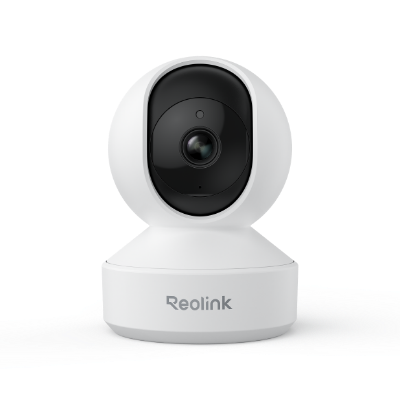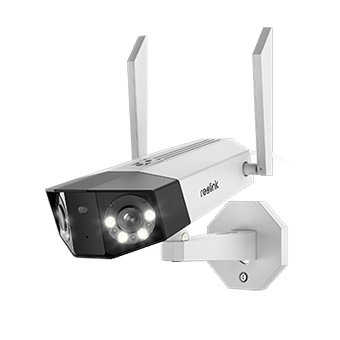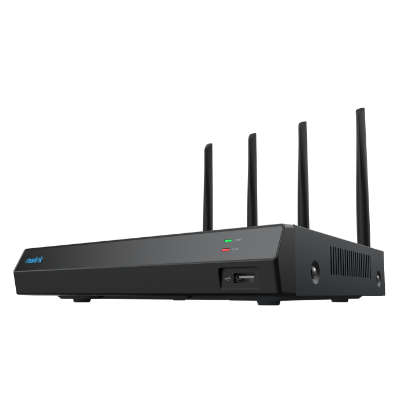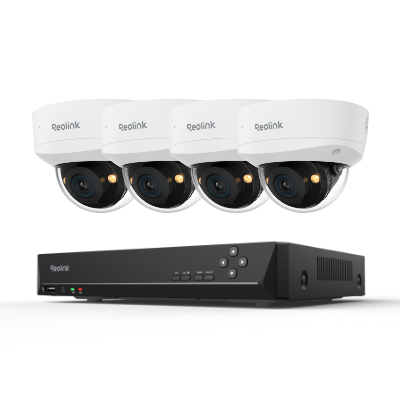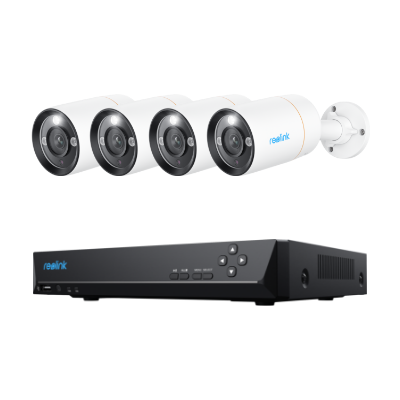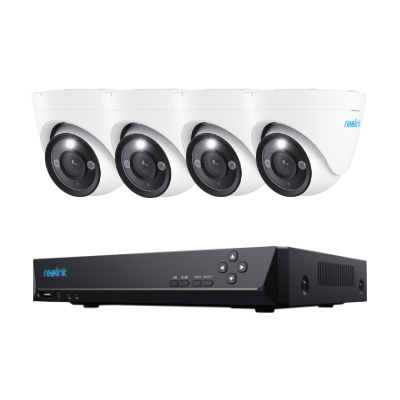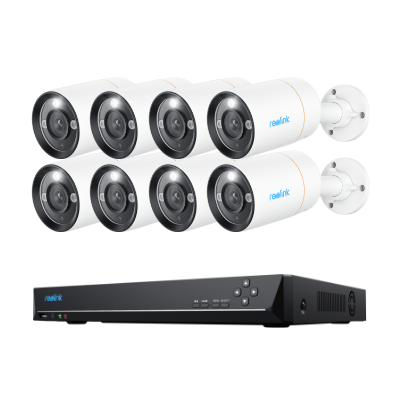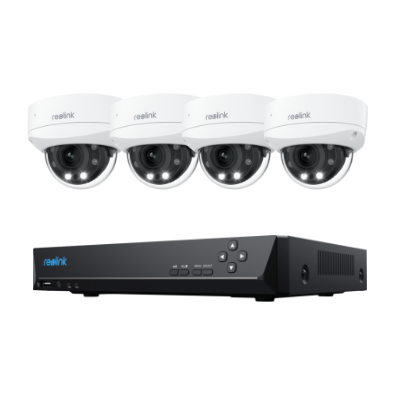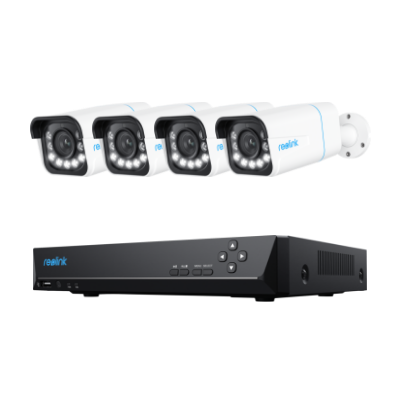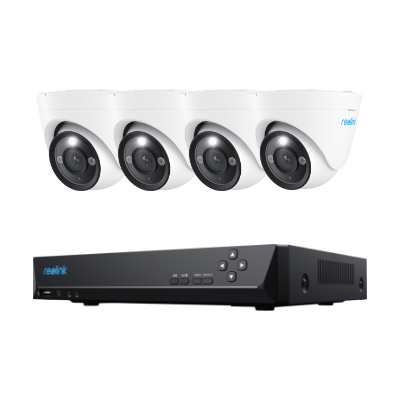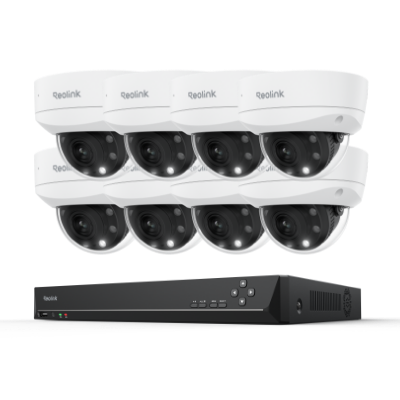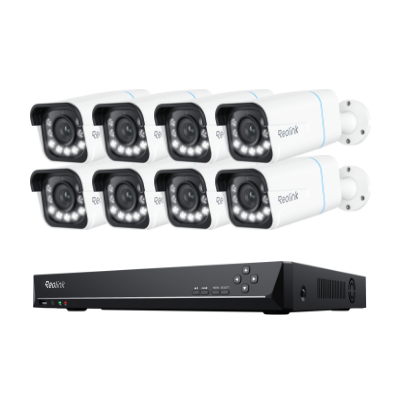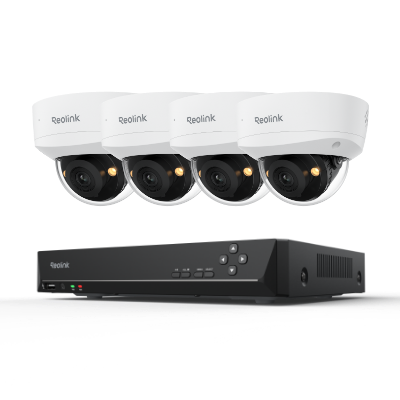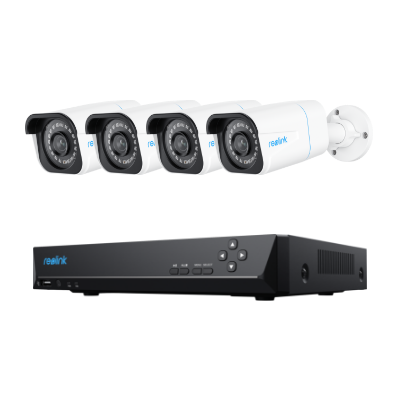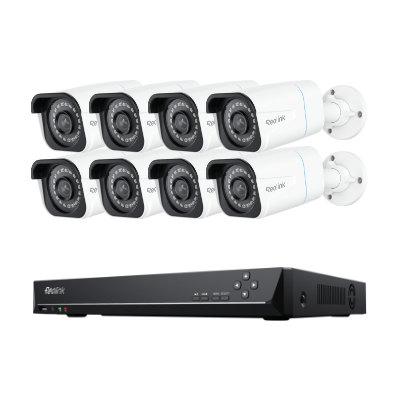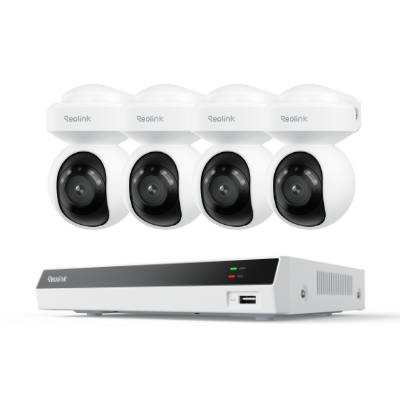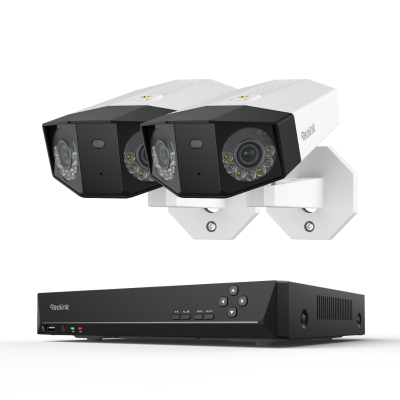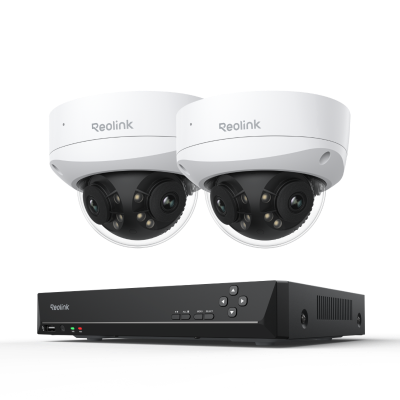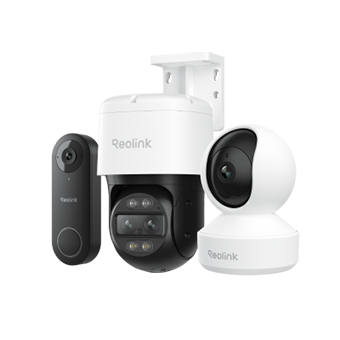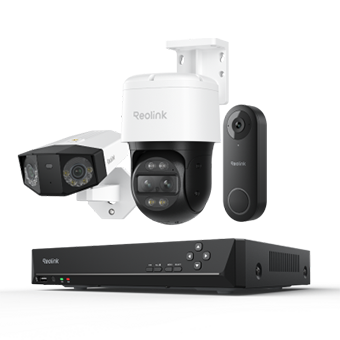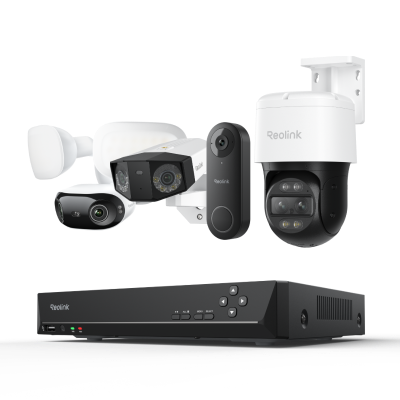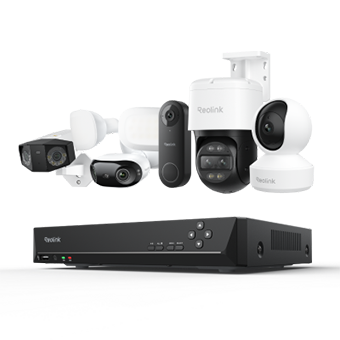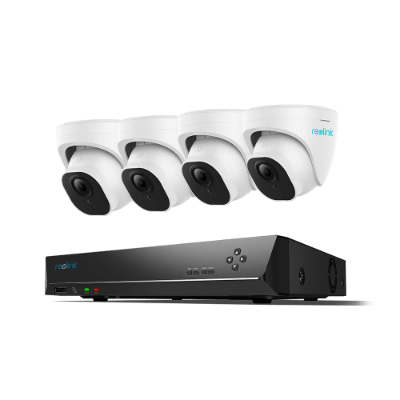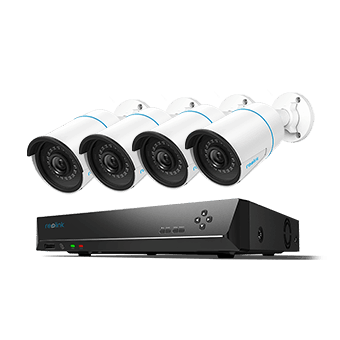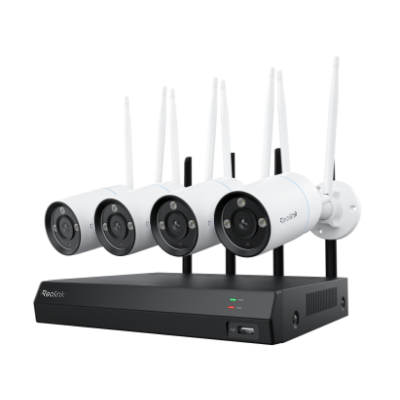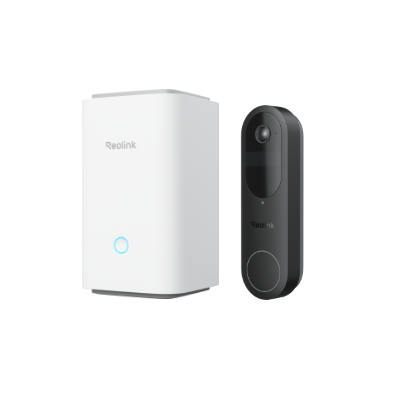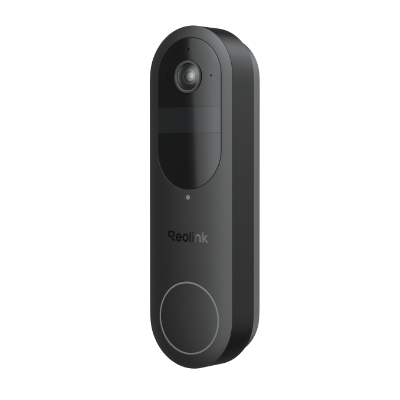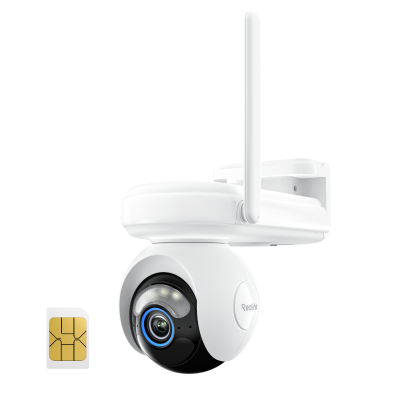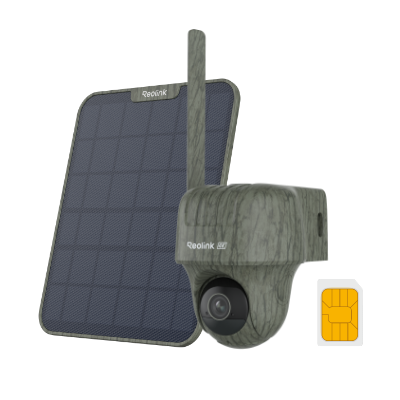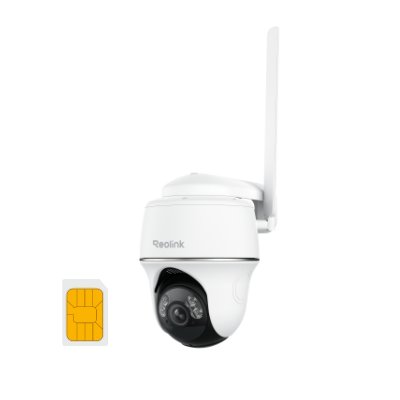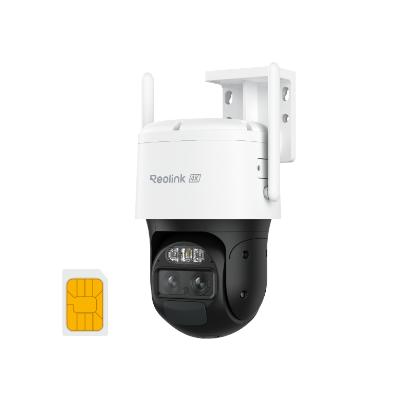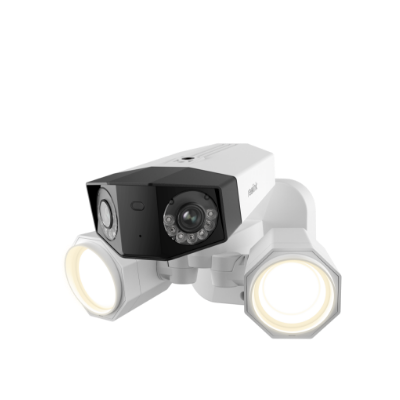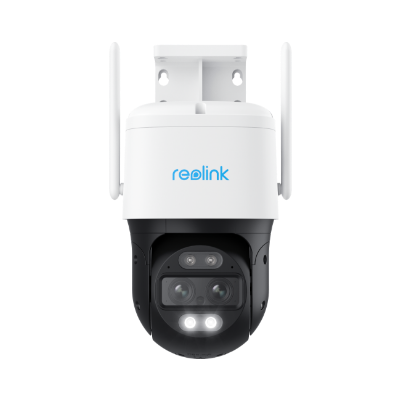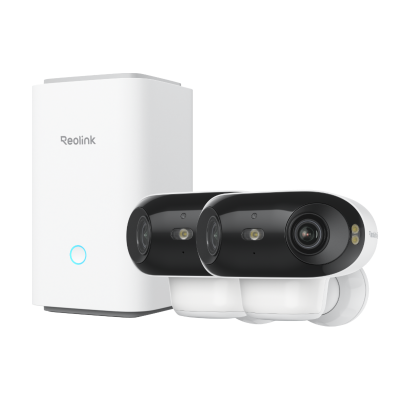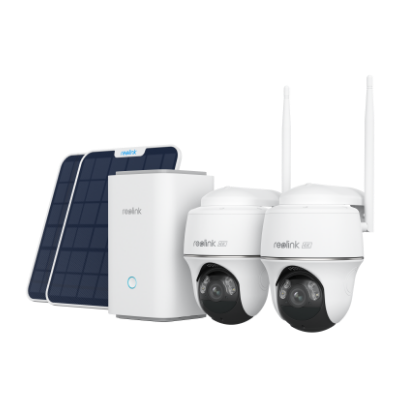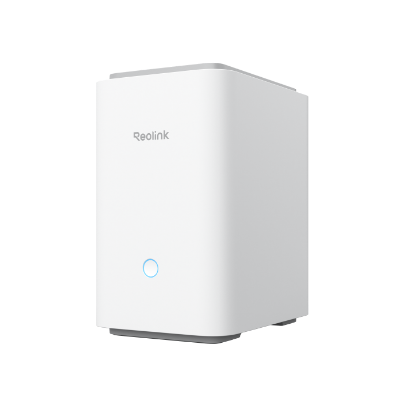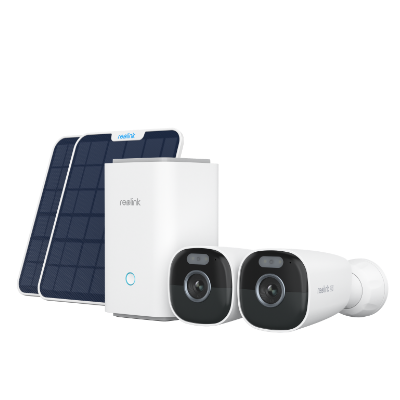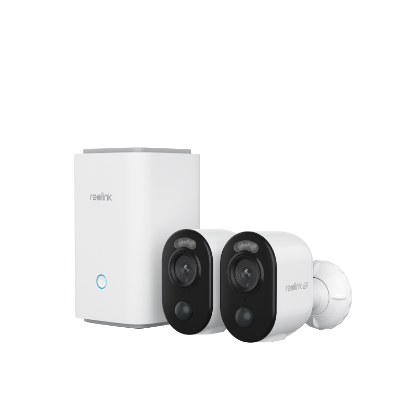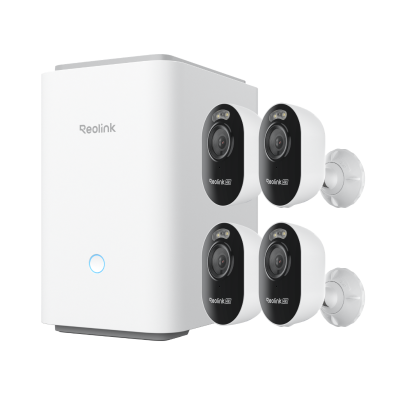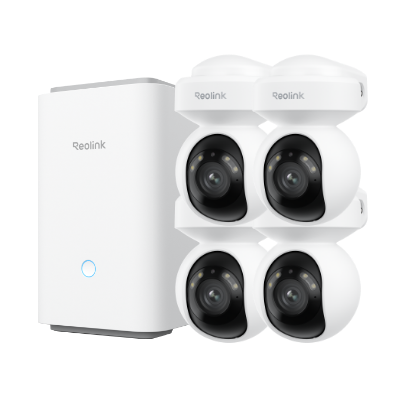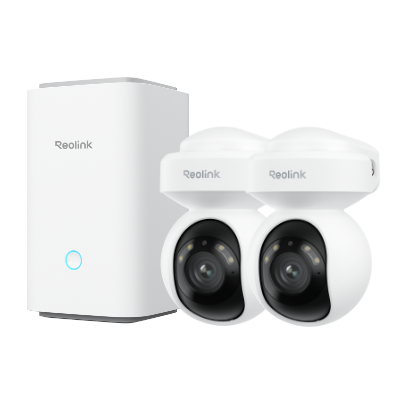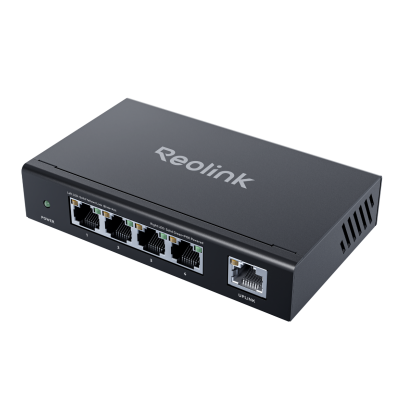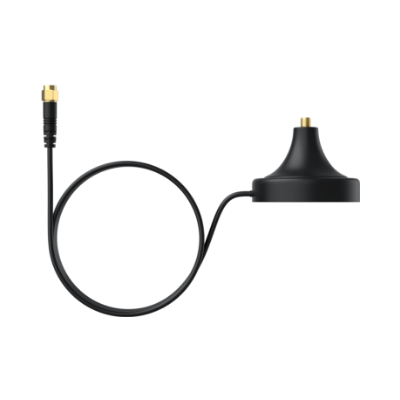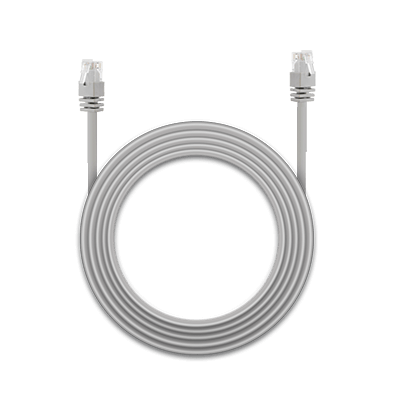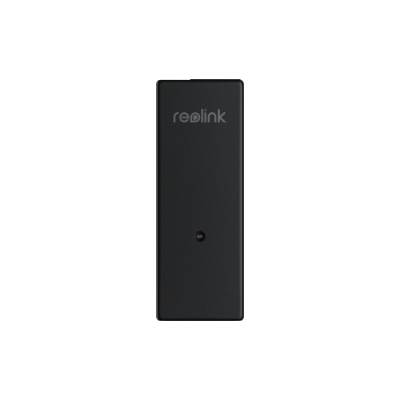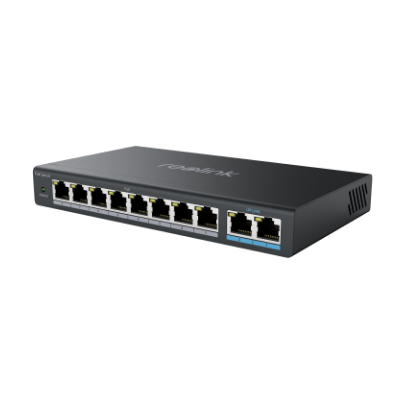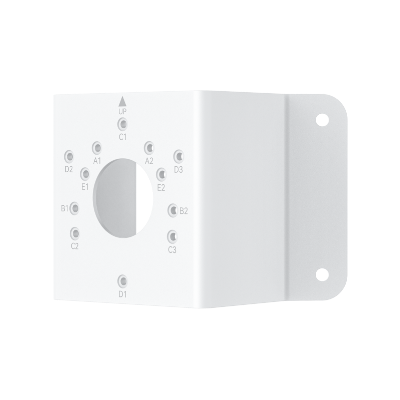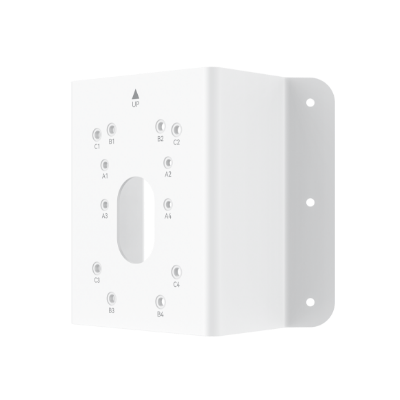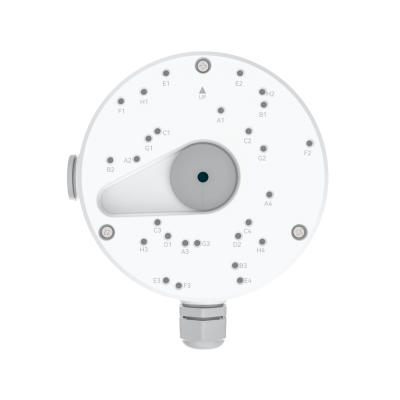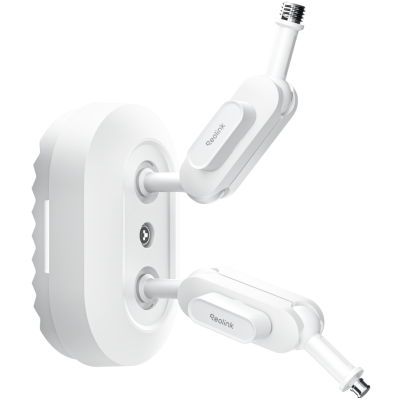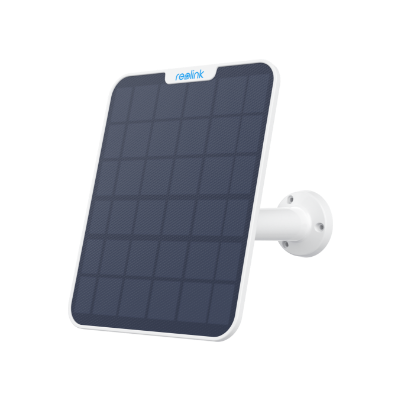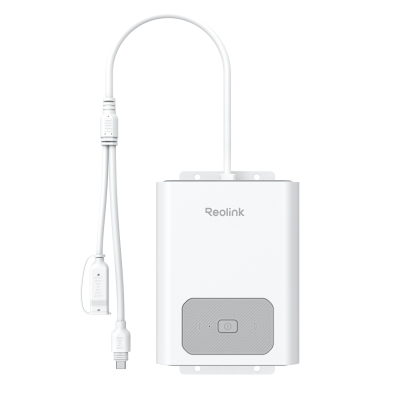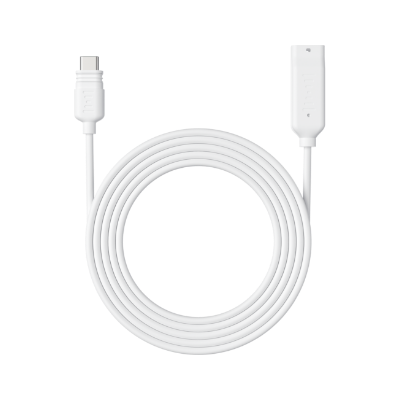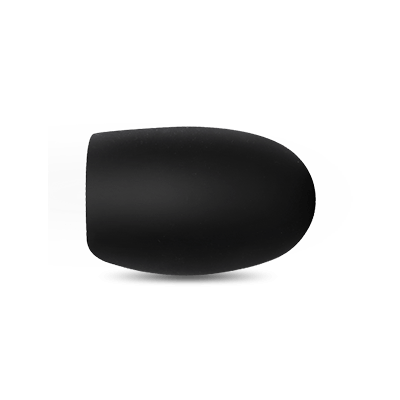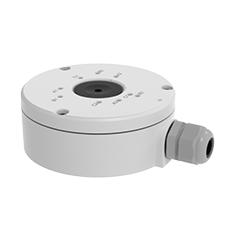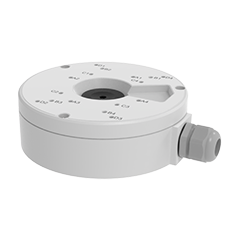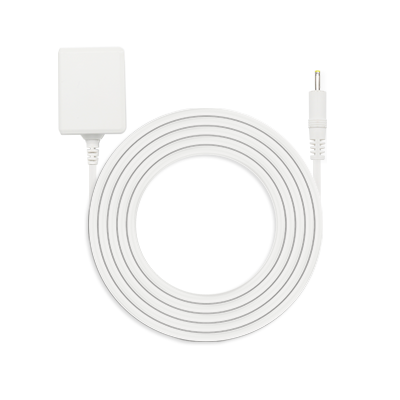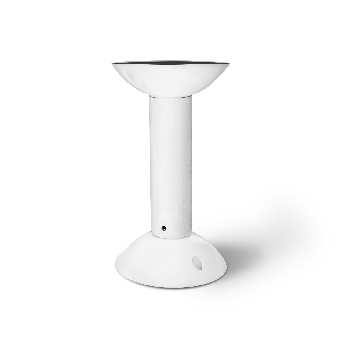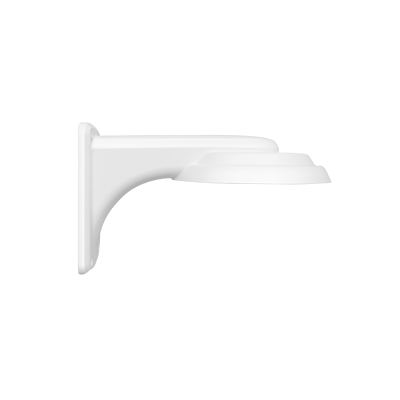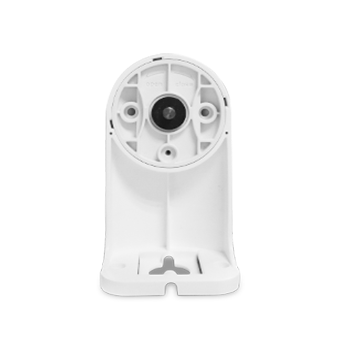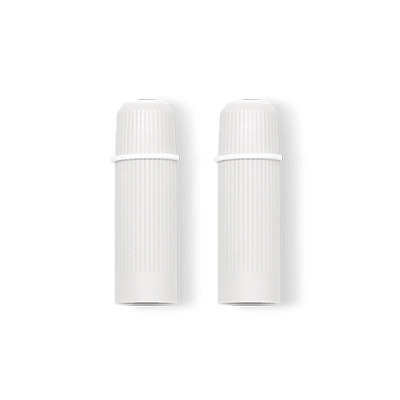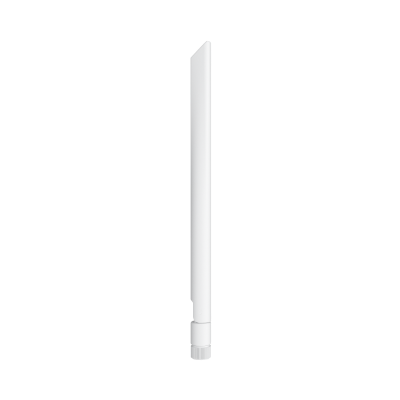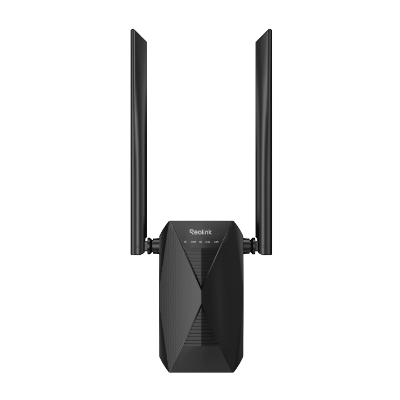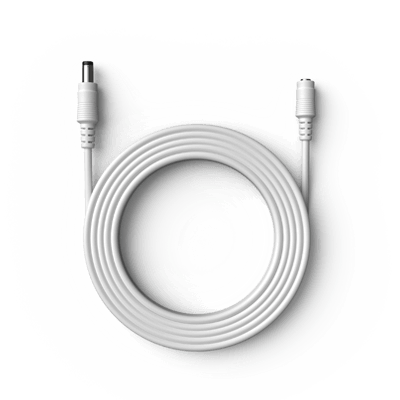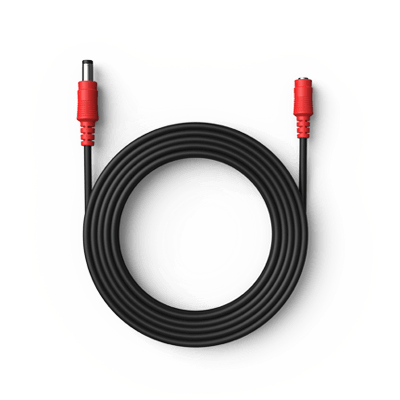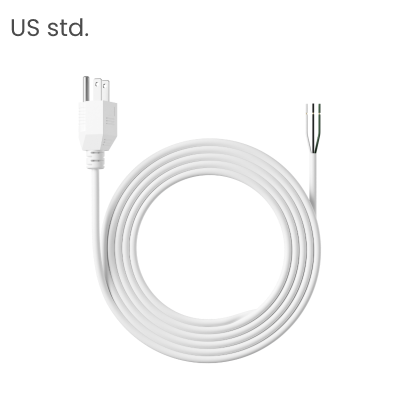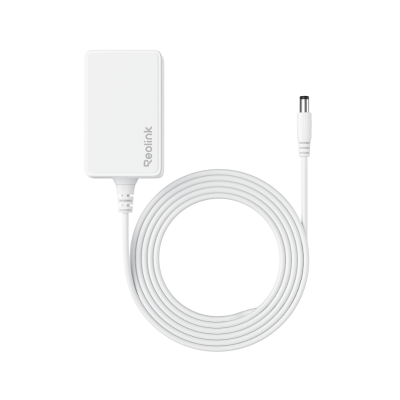Wide Aperture Explained: Capturing Perfect Shots
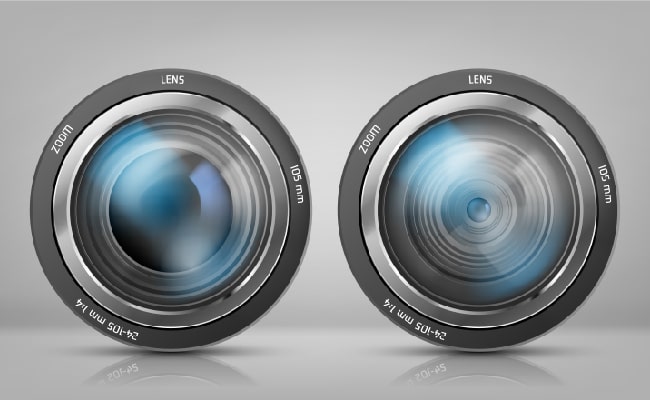
A wide aperture is the ability of the lens to gather a lot of light and thin the depth of field as it allows more light into the camera sensor. Knowledge of wide apertures helps photographers get blurry backgrounds and take beautiful photos. In this article, you will learn what wide-open apertures are, when they should be used, and how to select lenses to make the most of them.
What is a Wide Aperture?
The aperture is the variable opening of the lens through which light is allowed to pass to the camera sensor. The size of the aperture is expressed in f-stops; the greater the f-stop number, the smaller the aperture. A wide aperture means that the maximum aperture opening can be large, and the f-stop number is small, such as f/1.4 or f/2.8. The aperture allows in more light the greater the number of f-stops it is opened.
Shooting with a fast lens with a wide maximum aperture allows photographers to take pictures in low light without increasing ISO. This technique also gives the video a shallow depth of field, which means that the background is out of focus, giving it an artistic look. Small f-stop numbers are used to describe wide-aperture lenses.
Features of Wide Aperture Photography
Using a wide aperture lens provides several advantages for photographers:
- Shallow depth of field - A wide aperture produces a shallow depth of field, meaning only a tiny portion of the image will be in sharp focus. The background and foreground elements blur into soft, creamy bokeh. This isolates the subject and makes it stand out.
- Low-light performance - The increased light-gathering ability of a wide aperture enables photographers to shoot handheld in low-light situations without boosting ISO. This results in cleaner, lower-noise images.
- Creative bokeh - The wide opening produces smooth, artistic, out-of-focus areas. Photographers can use this quality to make visually pleasing portraits and macro photos.
When to Use Wide Aperture Lens
There are certain situations where using a wide-aperture lens is advantageous:
- Portrait photography - Wide apertures allow photographers to isolate a subject against a blurred background. This draws attention to the person.
- Low light photography - The wide aperture photos gather more ambient light, so photographers can use faster shutter speeds to freeze action in dim conditions.
- Macro photography - A shallow depth of field helps highlight small details and subjects when shooting macro images.
- Sports/action - Fast shutter speeds enabled by wide apertures allow photographers to freeze fast motion.
How to Choose Wide Open Aperture With Lenses
The meaning of "aperture wide open" will depend on the lens's maximum aperture. Wider apertures are more readily available in prime and macro lenses. When selecting a lens optimized for wide apertures, consider the following factors:
Photography Types
Choose lenses with the widest apertures for your desired shooting style. For portraits, a 50mm f/1.4 lens provides excellent subject isolation. For landscapes, a wide-angle lens like a 14mm f/2.8 captures sweeping vistas.
Zoom vs. Prime Lenses
Prime lenses offer wider maximum apertures (e.g., f/1.2) than zooms. If you need a wide aperture, consider a fast prime lens.
Sensor Size
Larger full-frame sensors gather more light than smaller APS-C sensors, allowing for better low-light performance when paired with a wide aperture.
Optical Quality
Research lens reviews to find wide-aperture models that render sharp images even at their maximum aperture. Lower-quality lenses can appear soft when shot wide open.
Camera Mount
Choose a lens that fits your camera mount. Canon EF, Nikon F, Sony E, and Micro Four Thirds are standard DSLR and mirrorless mounts.
Wide vs. Narrow Aperture: What's the Difference?
Wide aperture vs narrow apertures produce distinctly different photographic effects:
- Depth of field - Wide apertures (f/2.8 and below) generate shallow depth of field with blurred backgrounds. Narrow apertures (f/8 and above) result in a considerable depth of field, and everything appears sharp.
- Light transmission - More light passes through a wide aperture, allowing faster shutter speeds. Narrow apertures severely limit light transmission.
- Diffraction - Narrower apertures introduce softening from diffraction. Wide apertures avoid this effect.
- Creative effects - Wide apertures provide bokeh and subject isolation. Narrow apertures offer a broad depth of field and maximize sharpness.
Bonus: Best Security Camera with Large Aperture
The Reolink ColorX 4K 8MP PoE IP Camera, CX810, provides stunning image quality day and night thanks to its large f/1.0 aperture lens and advanced 1/1.8" CMOS sensor. It captures actual 4K Ultra HD video with HDR technology for vivid color and clarity. The f/1.0 super aperture lens excels in low light, enabling full-color night vision without IR spotlights.
This camera has smart features and identifies people, vehicles, and animals day or night. The Reolink CX810 hits the mark for crystal clear surveillance footage with its bleeding-edge imaging capabilities packed into durable, weatherproof housing.
4K PoE ColorX Night Vision Camera
4K Ultra HD with HDR Tech; F1.0 Super Aperture; ColorX True Full Color Night Vision; 3000K Adjustable Warm Light; Advanced 1/1.8'' Sensor
FAQs
Is 1.8 a wide aperture?
Yes, f/1.8 is considered a fast, wide aperture. It allows significantly more light than standard kit lenses with apertures of f/3.5-5.6, and the large f/1.8 opening creates a nice background blur.
What happens if aperture is too wide?
If the aperture is set too wide, areas of the photo can appear soft and lack sharpness due to the shallow depth of field. Wide apertures also exacerbate lens flaws like chromatic aberration and distortion. Stopping down improves overall image quality.
Which has a larger aperture f/2.8 or f/16?
f/2.8 is a much larger aperture than f/16. Lower f-stop numbers indicate wider apertures that allow more light into the camera. f/2.8 will produce more background blur and perform better in low light than f/16.
Conclusion
Learning the wide-aperture technique helps photographers eliminate the background, shoot in the dark, and create beautiful blurred backgrounds. Select fast glass appropriate for your working method and sensor. Discover the effects that aperture size has on depth of field, exposure, and image quality so you can better control your images.
For which situations will you need wide apertures when working on your projects? Please share your thoughts with us in the comment section below!
Search
Subscribe for the Latest Updates
Security insights & offers right into your inbox

